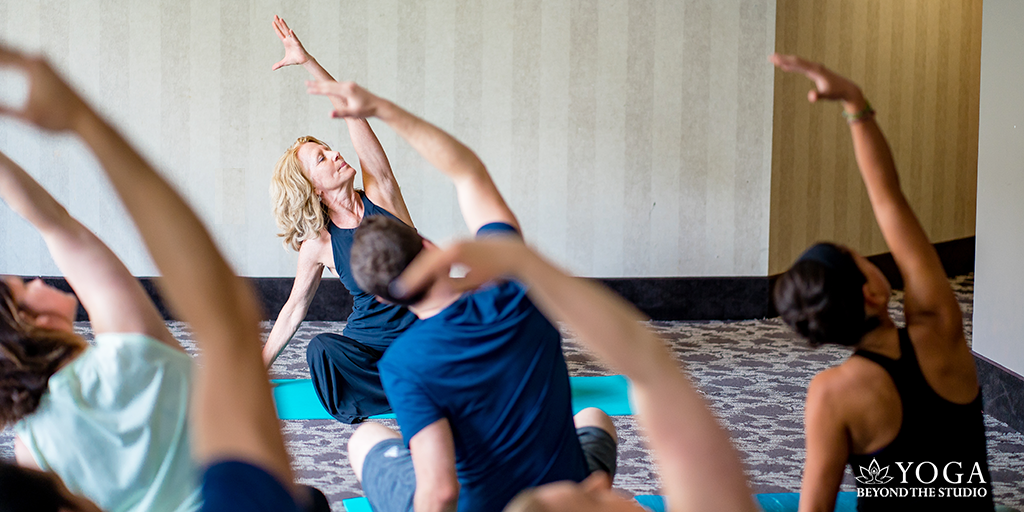
Americans are catching on to the amazing, feel-good practice of yoga.
The number of yoga practitioners in the U.S. increased by over 16 percent from 2012-2016. There are now at least 36.7 million practitioners this moment!
Of those practicing, 86 percent report strong mental clarity, 73 percent report improved strength, and 79 percent ‘give back to their communities’ in various ways. This is compared with those who don’t practice.
There are fantastic, measurable benefits of doing yoga. Are you compelled to step into a class and experience the goodness?
Here are some yoga tips to consider that’ll make everything as zen as possible.
Table of Contents
1. Use Your Breath
It’s not just a yogi saying, it makes sense: Use your breath to guide your movement.
When you do poses that open your chest, heart, and throat, an inhalation further expands your body. When we do poses that close us off, such as forward folds, we naturally cut off some of our flow, and so it makes sense to exhale here.
Your breath will be a guiding force in your practice. Certain more intense breaths can warm up the body. Slower, more controlled breaths allow us to stay focused.
Let your breath be natural, yet controlled. Be conscious of it throughout your practice.
2. Your Body Is the Teacher
A great teacher provides guidelines, options, and instruction throughout a class.
But really, your body is the teacher. In that way, you must listen to what it’s telling you. Let it guide you into poses.
Having someone make space for you and your practice is wonderful, but it’s all subjective.
If a certain pose makes you uncomfortable, opt for something else. You don’t have to do what exactly as the teacher says, especially if you’re not able— they’ll likely even tell you so themselves.
3. A Good Mat Is Worth Your Investment
When many of us are just getting into yoga, it makes sense to buy a cheaper mat at your local Target, right?
But cheap prices often mean cheaper design, and when it comes to yoga mats, it’s true there, too.
The goal is to practice. But the next goal is to continue practicing, to remain diligent and loyal. Having a thin, flimsy mat that doesn’t promote your yoga won’t help you in the long run.
Invest in one that doesn’t cause you to slip when you sweat a little, and one that’s an adequate thickness and width. This all depends on your size and preference, but compare and contrast your options, for there are many.
4. Props Are Friends
Don’t hesitate to use some props in addition to your mat to truly deepen your practice.
Blocks and straps are great tools for slowly increasing your flexibility and mobility.
A block can bring the ground closer to you during balancing poses, or it can be used during poses like bridge pose, as something to hold between your knees. This further engages your glutes and intensifies the posture — just one example of many ways you can use a block.
You can also use it as a chest opener or to decompress your lower back. Lay it under the sacrum to safely stretch your back, or rest it between your shoulder blades while laying down to open your chest.
Use a strap for things like increasing your flexibility in hamstring stretches or improving shoulder mobility (holding the strap behind your back).
Having these props in your yoga room at all times will make you more likely to practice yoga, and help create an inviting space for your practice.
5. Don’t Compare Your Practice with Others
If you opt for a group yoga class instead of private yoga classes, it’s easy to feel intimidated — especially if your mat butts up next to Handstand Sally’s mat.
But Sally may have been practicing yoga for 15 years. Sally’s earned that handstand through dedicated practice and effort. You’re not Sally, and she’s not you — with your strengths and abilities.
If you can, stay focused on your own mat. Maybe even close your eyes if you can, or keep a really light gaze. Yoga is a personal journey that each individual must experience of their own accord, and comparing yourself does you, your body, and your practice no justice.
Even the ‘good’ yogis have off days — depending on what they ate or drank, how their relationships are going, whether they’re sick or stressed. Remember that we’re all just human.
6. Avoid Heavy Meals or Drinks Before Class
Yoga embraces twists, inversions, and lots of turning — which isn’t exactly compatible with a heavy meal or multiple rounds of coffee.
If you have to eat before a yoga class, that’s understandable, but think about your stomach and how it will react to the poses. Some poses even promote digestion and relieving, so a full belly isn’t the best-case scenario.
If you can, practice in the mornings before you’ve had breakfast or coffee, with an empty stomach. If you’re hungry, have a light snack instead of a full meal, and try to have it no less than 30 minutes before your practice.
Good options include avocados, quinoa, a banana, apple, or pear. A handful of almonds or some oatmeal are even okay before a vinyasa flow class, as they can provide some lasting energy.
After class, drink lots of water and have nutrition-rich food, such as green smoothies, or water-rich foods like pineapple or celery to promote hydration.
Yoga Tips Worth Om-ing About
Keep these suggestions in mind as you navigate the marvelous world that is yoga.
It’s meant to be a personal journey, so as long as you focus on that, your practice should grow right along with you.
Using these yoga tips, you’ll be off to a great start.
For more yoga tips and advice, check out this article for beginners. It discusses foundational poses that will help you further prepare to do well on the mat.
Private Yoga Classes At Your Home or Office
And if this is your first visit to Yoga Beyond The Studio, you should know that we offer private yoga classes at your home or even at your workplace.
The highly-trained yoga instructors we work with can build classes designed around you, your needs, your injuries, at your pace. Chat with us today to see if we can help you ease into yoga and all its benefits.


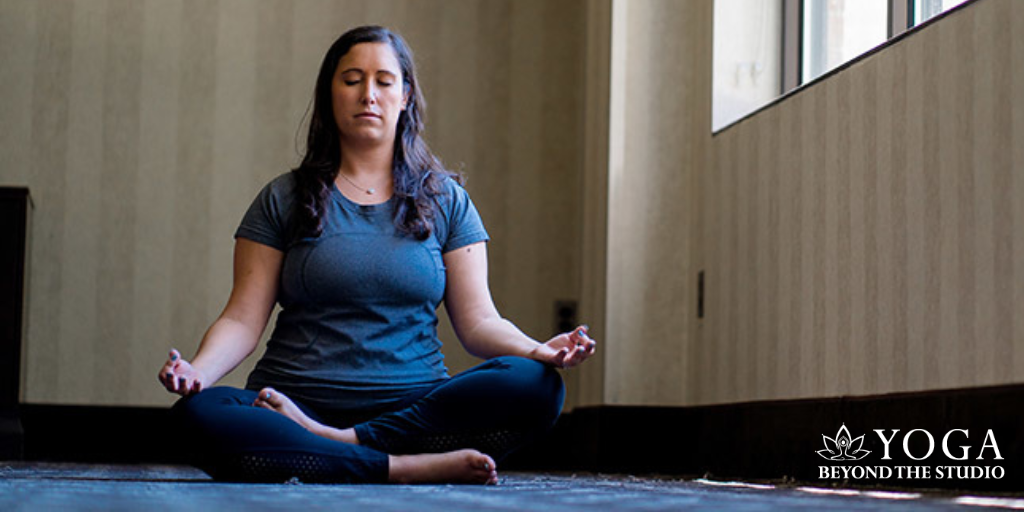
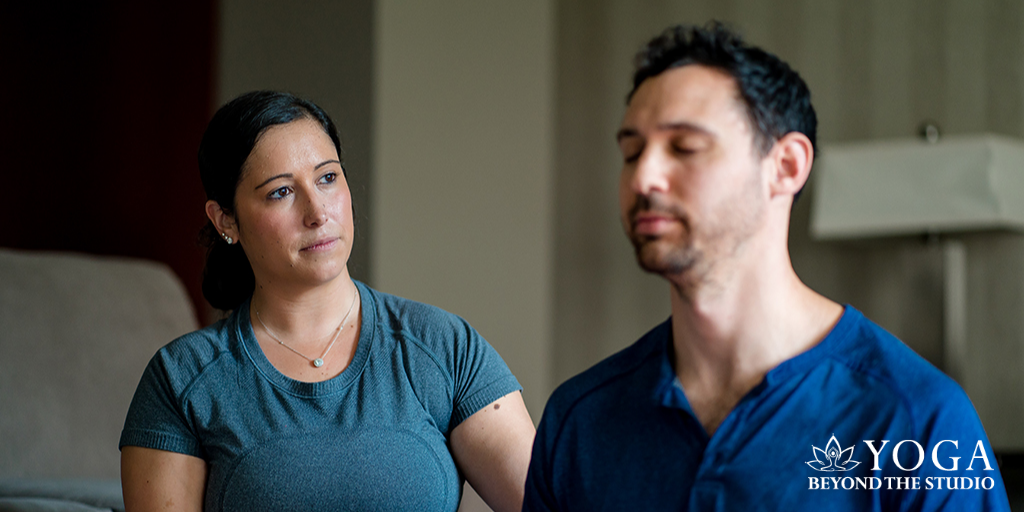
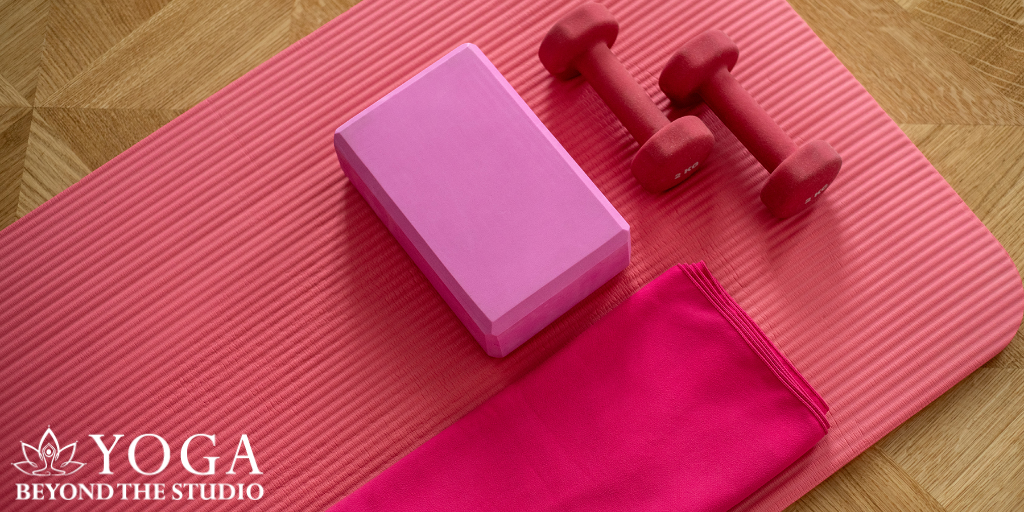
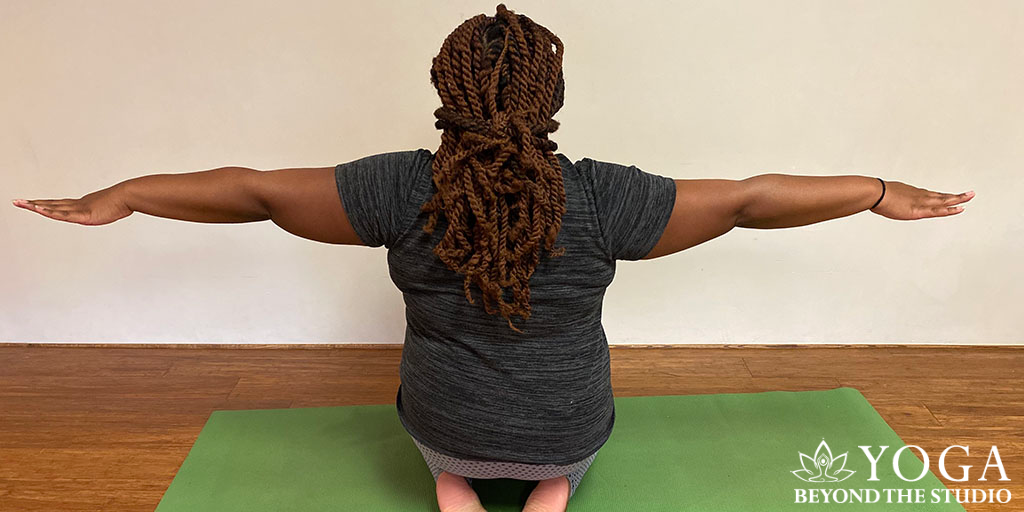
Comments
Gaurav D
Very useful tips, thanks for writing it down as a blog. It really worked for me. I hope it works for everyone. I would really love to read more from you.